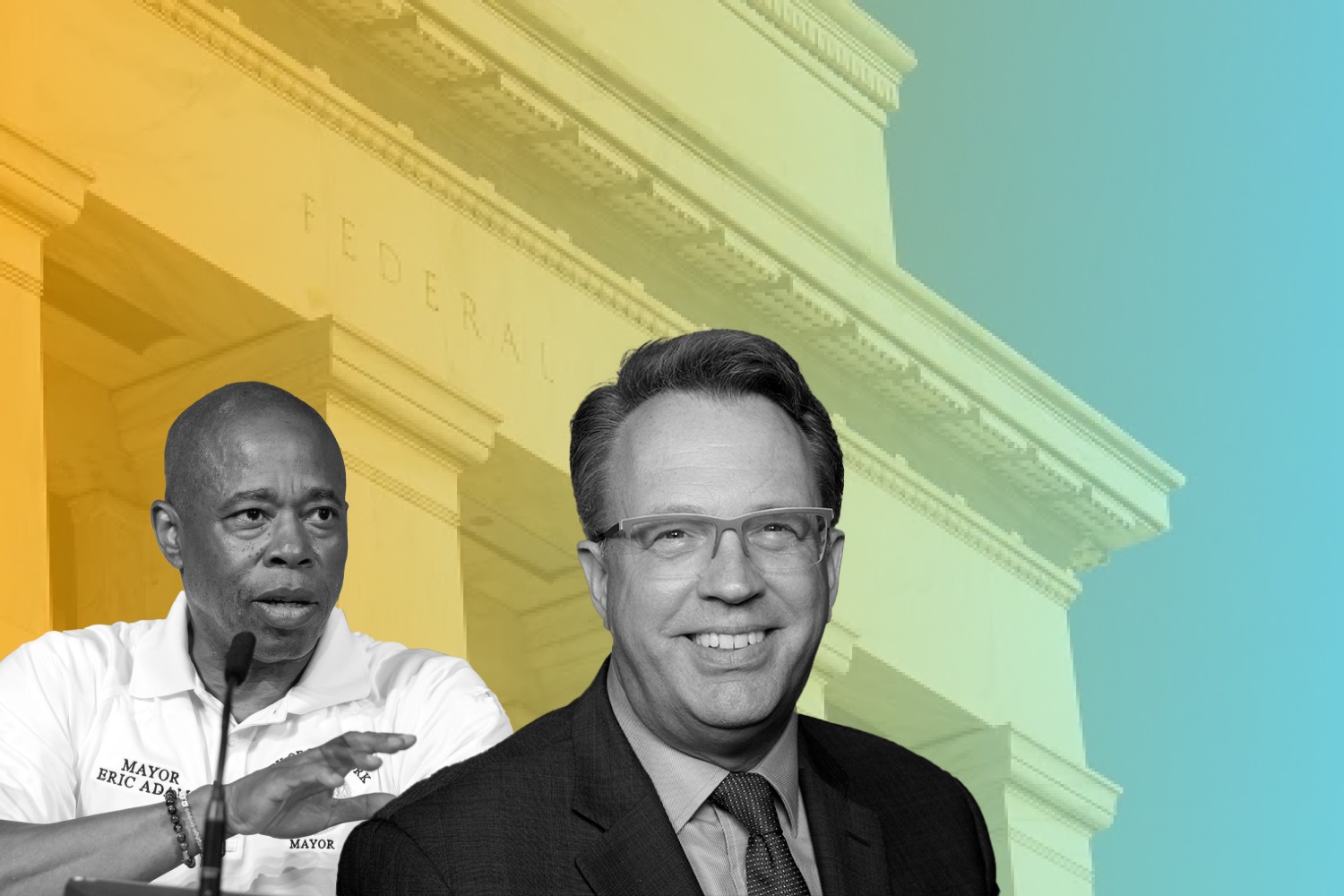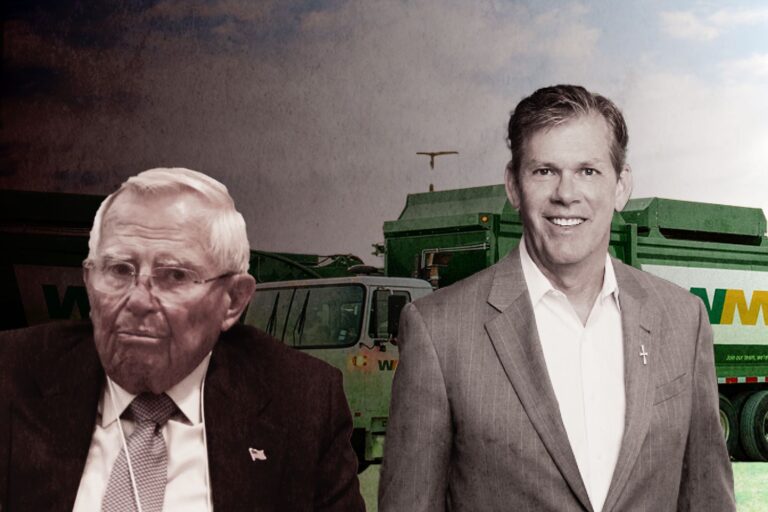The Storm Strikes Back on Used Cars: The Loan-to-Value Ratio Hit 120%
In the wake of the unprecedented COVID-19 pandemic, District 2, a bustling corner of New York, bore witness to a series of economic ripples that have indelibly marked various sectors.
Among these sectors, the used car market stands out as a vivid illustration of the market’s capricious journey from soaring highs to what now appear as seemingly calmer waters. As the world grappled with lockdowns and travel restrictions, a quiet transformation took hold, setting off a rollercoaster of events that continue to shape the financial landscape.
Everyday sedans, trucks, and even vintage vehicles suddenly bore price tags that bordered on the surreal. Yet, in an unexpected twist, just as swiftly as prices ascended, they began a descent, leaving in their wake a market grappling with the echoes of its recent, gravity-defying heights.
Amidst this backdrop, however, a disconcerting phenomenon emerged – the loan-to-value ratio (LTV), reaching precarious heights in some instances. A startling 120% ratio became a stark indicator, illuminating the discrepancy between the loan amount and the vehicle’s resale value.
Such an alarming disparity serves as an unsettling harbinger, placing borrowers in a perilous position where their debt eclipses their vehicle’s value.
Before delving into the intricacies of the used car financing market, it is essential to first take a closer look at the economic activity within the Second District, where recent trends have shaped a dynamic landscape of opportunities and challenges.
The Second District Plays Safe in the Hostile Environment
Economic activity within the Second District experienced a moderate decline during the latest reporting period.
The persistence of inflationary pressures continues to be evident. According to reports from businesses, the rate of growth in input prices has remained consistent in recent weeks, albeit with a slight reduction in the costs of raw materials like steel and aluminum.
In the manufacturing sector, the pace of upward adjustments in selling prices remained relatively stable. However, there was a minor increase in the rate of selling price hikes within the service sector, and this uptick was even more pronounced among retailers. Businesses hold a collective anticipation that pricing pressures will likely continue to be widespread in the upcoming months.
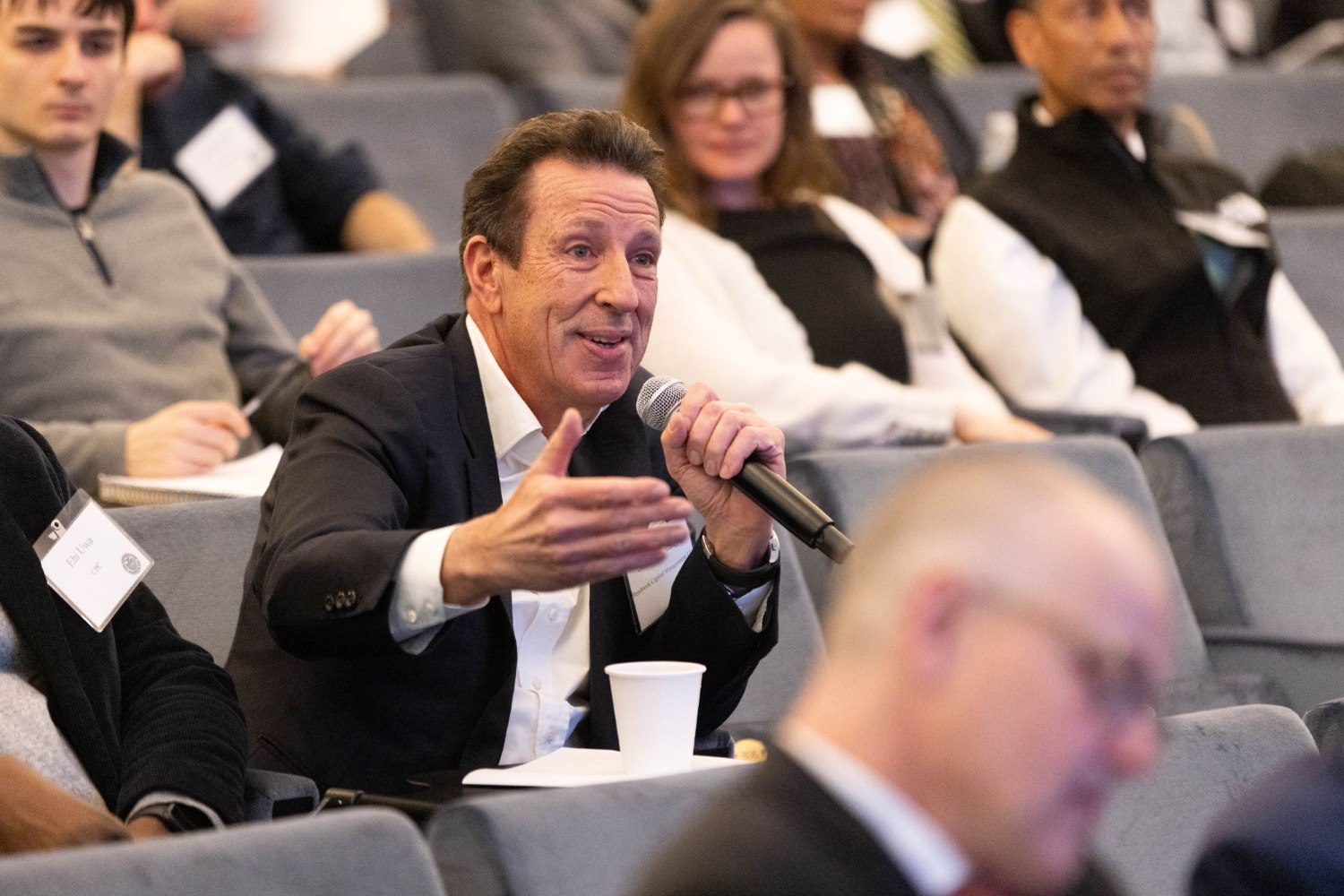
Consumer expenditure maintained a consistent and steady growth rate during the most recent reporting period. While expenditures on services associated with travel exhibited a decline from the exceptionally elevated levels observed since the previous report, this decrease was counterbalanced by robust spending observed at apparel and department stores, as well as hardware and home furnishing stores, in addition to restaurants and bars.
In upstate New York, automobile dealers indicated a slight rise in the sales of new vehicles, propelled by an ongoing improvement in inventory availability.
However, sales of used vehicles experienced a softening trend. Notably, due to elevated prices and a limited supply of used vehicles, some consumers made the decision to opt for new vehicles instead, as reported by industry contacts.
The overall state of the wide-ranging finance sector continued to deteriorate in recent weeks, exhibiting a similar trajectory as in the previous reporting period.
Smaller to mid-sized banks noted reduced demand for loans across various segments, encompassing refinancing activities. Credit requirements became more stringent for all types of loans, accompanied by a narrowing of loan spreads.
A majority of banking sources reported an elevation in deposit rates. Furthermore, there was an uptick in delinquency rates across all categories of mortgages and loans.
The Surge in Used Car During the Pandemic and the Reasons Behind It
The surge in used-car prices is closely tied to the global microchip shortage and supply chain disruptions that have been pervasive across various industries since the advent of the pandemic.
As Nick Woolard, senior director of business analytics at TrueCar, aptly stated, “The chip shortage is still kind of the central piece that’s driving supply down for new vehicles.” This critical shortage of semiconductor components has led to a severe reduction in the availability of new cars, despite a surge in demand, even in the face of gas prices soaring to $5 per gallon or more.
According to CNBC, citing a Cox Automotive report, the average transaction price of a new car in June 2022 hit a new record of $48,083, up 1.9% from May. Kelley Blue Book (KBB), a trusted resource on cars, says people in the market to buy a non-luxury car paid an average of $1,017 above the sticker price in June. But a large portion of the price increase was from the rise in luxury car sales.
Woolard notes, “There’s just so much pent-up demand, and the supply crunch kind of keeps moving forward,” underscoring the persistent challenge. This surge in car prices has not only impacted consumers’ wallets but has also become a significant contributor to the country’s rising inflation.
The Consumer Price Index (CPI), which measures inflation in the U.S., revealed an average price increase of 8.6% across all goods, with new vehicles and used cars playing a substantial role.
As Jessica Caldwell, executive director of insights at Edmunds, notes, “Since [car] prices are so high, and because everything around us is so expensive, namely gas prices and the cost of living, it feels like there are people that are just going to sit out of the car market at this point in time.” The mounting consumer-side backlash against these high prices is becoming increasingly apparent.
Major automakers have not been immune to these challenges, with several posting significant declines in U.S. car sales.
For example, Ford’s sales in May 2022 plummeted by 4.4% compared to the previous year, while foreign-made cars fared even worse, with Hyundai’s sales falling by 30%, Honda selling 57.3% fewer cars, and Mazda reporting a staggering 63.7% decline in sales.
It’s crucial to emphasize that, despite Americans reducing their overall spending due to inflation, the crux of the matter in the automotive industry boils down to supply, rather than inflation itself.
As Aaron Bragman, Detroit bureau chief at online automotive marketplace Cars.com, asserts, “The bigger impact on vehicle prices is not so much inflation as it is scarcity.” The simple truth is that there are not enough vehicles to meet the burgeoning demand, and this scarcity is beginning to take a toll on sales.
The situation has created an unusual dynamic where prospective car buyers are postponing their purchases, and even the traditionally cost-effective alternative of used cars is no longer a reliable escape from the surging prices.
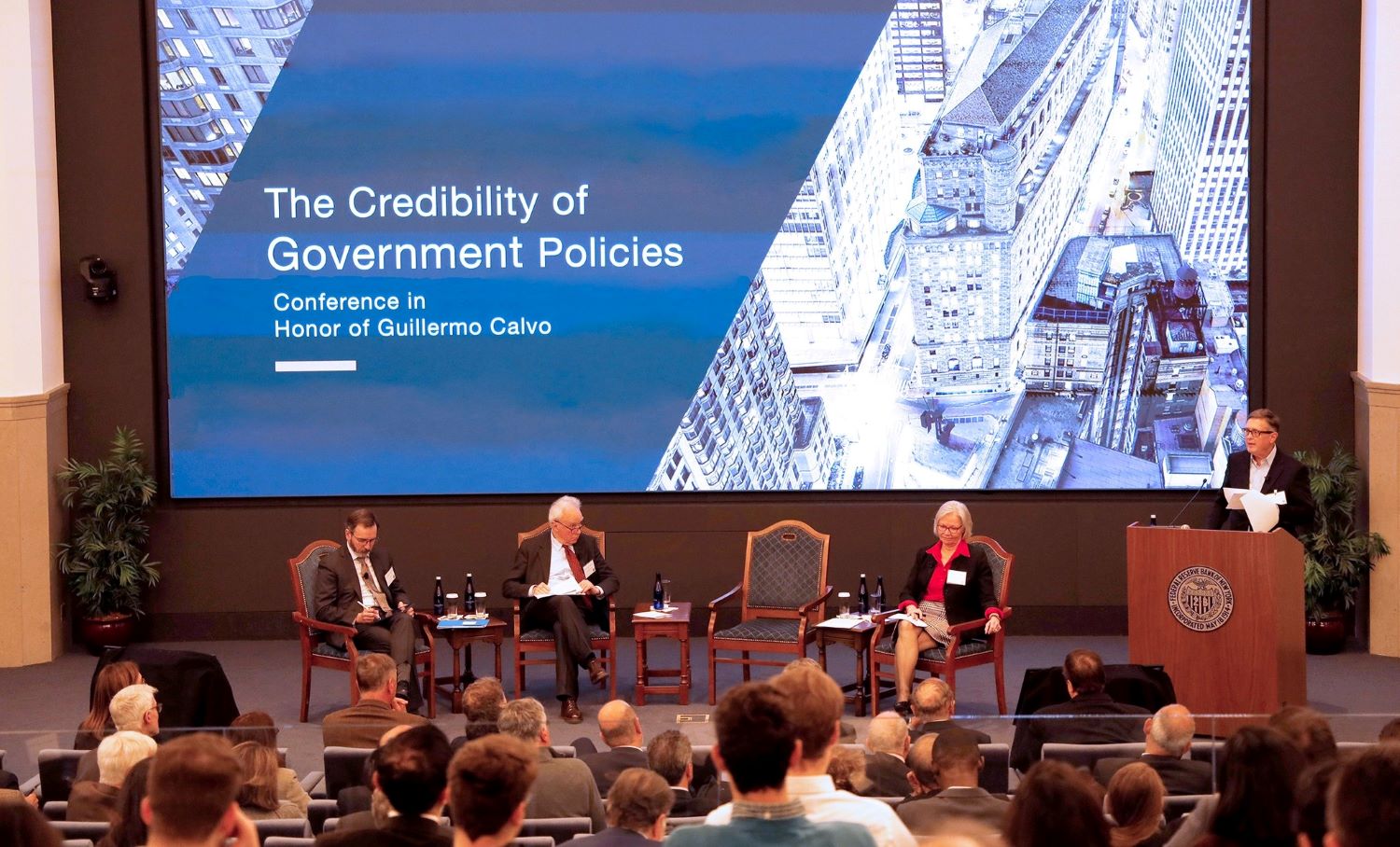
A shortage of new vehicles has immediately driven up demand for used ones, resulting in a shortage of used cars as well. Consequently, used car and truck prices have surged by a staggering 16%, with some models fetching prices 50% higher than pre-pandemic levels. In many perplexing cases, a used car now commands a higher price than a new one of the same model, creating a peculiar situation for buyers.
Aaron Bragman characterizes this situation as “a weird situation,” highlighting instances where individuals who purchased a used vehicle three or four years ago are now selling it for more than they bought it for just last year.
The upheaval in the market is also reshaping the traditional car-buying experience. During the pandemic, the trend of online and at-home car shopping threatened to render dealerships and showrooms obsolete.
Many car dealerships are grappling with low inventories, and there’s mounting evidence that vehicles are being sold before they even make it to the dealer lots. As Bragman aptly summarizes, “It’s not even so much about wanting to get the exact vehicle you want anymore, it’s more about just wanting to get a vehicle, period.”
The influence of rising car prices on consumer behavior is evident in the findings of a comprehensive car-buying survey by Consumer Reports conducted in the spring of 2022. The survey indicated significant shifts in preferences, with fewer people considering used cars and a rise in interest for new cars compared to 2019. Additionally, an increasing number of respondents are contemplating purchasing vehicles in higher price ranges.
The prevailing realization among consumers is that used cars no longer offer the exceptional value they once did, particularly as higher interest rates have contributed to making them more expensive for those financing their purchases. This perspective is echoed by Jake Fisher, Senior Director of CR’s Auto Test Center.
The Decline of Used Car Prices After Its Peak
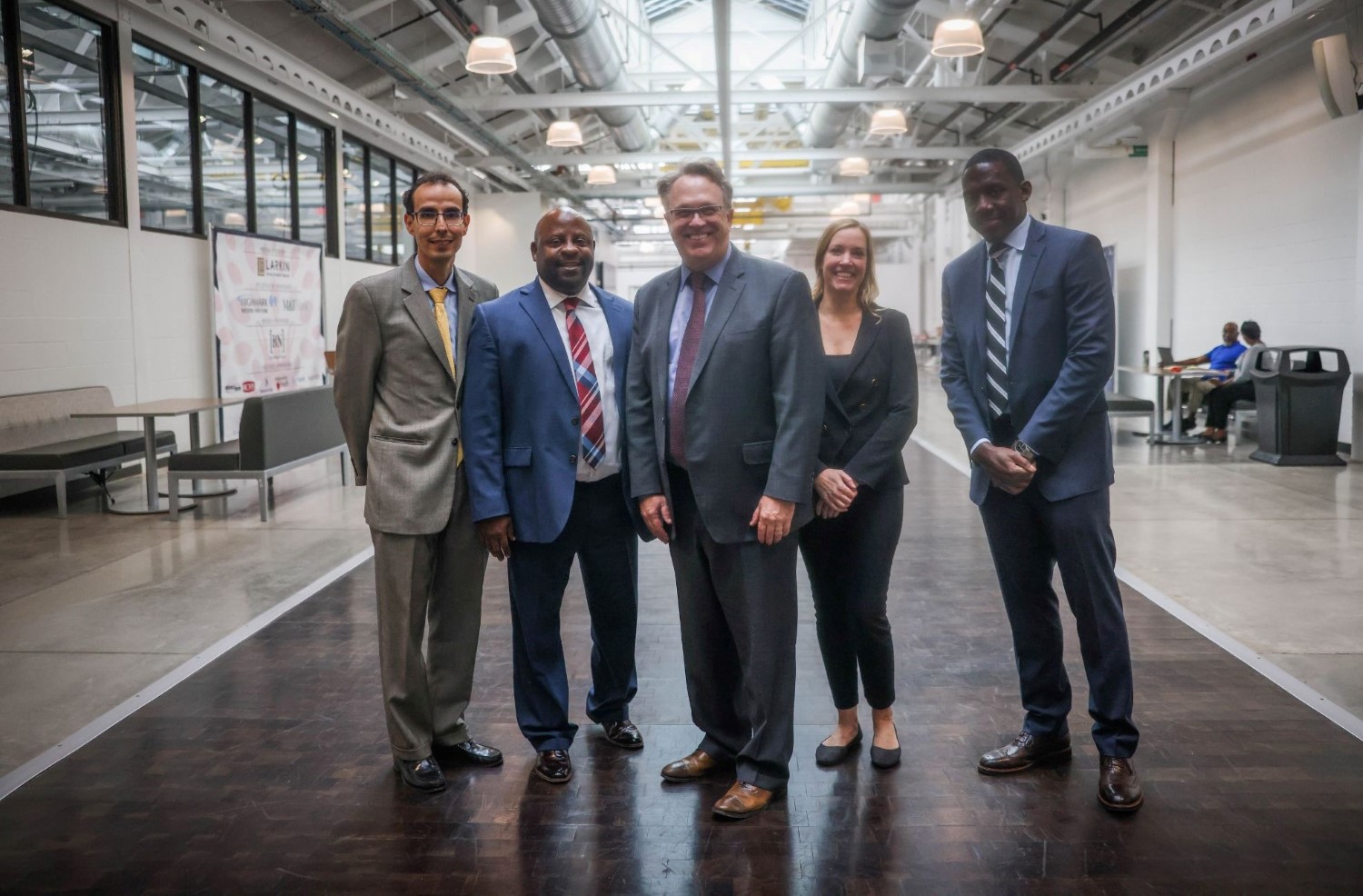
Around a year ago, the used-car industry was a lively affair. The outbreak of the coronavirus pandemic and a worldwide scarcity of semiconductor components caused automakers to either halt or slow down their production, directing consumers towards the realm of used-car lots. This shift prompted a surge in prices for previously owned vehicles.
However, the used-car sector is currently grappling with a severe aftermath. Americans, especially those with tight financial constraints, are curbing their vehicle purchases due to the ascent of interest rates and mounting concerns about an impending recession. Concurrently, increased automobile production has alleviated the shortage of new vehicles in the market.
Consequently, both sales and prices of used cars are undergoing a decline, and dealers who specialize in these vehicles are experiencing the brunt of the impact.
“Following a substantial surge in 2021, the previous year turned out to be a reality check,” remarked Chris Frey, Cox Automotive’s Senior Manager of Economic and Industry Insights, a market research entity. “The used market is currently confronted with a challenging year as demand experiences a weakening trend.”
As per Cox’s analysis, the worth of used cars experienced a decline of 14 percent in 2022 and is projected to decrease by over 4 percent in the current year. This transformation implies that numerous dealers might find themselves compelled to vend certain vehicles for amounts lower than their original purchase prices.
The efforts by the Federal Reserve to increase interest rates in order to combat inflation have intensified the challenges and costs associated with purchasing automobiles. In December, the mean interest rate for used-car loans stood at 12.37 percent, marking an increase from the less than 10 percent recorded a year earlier, as reported by Cox Automotive.
Amidst the intricate landscape of fluctuating used car values, an even more concerning development has arisen within District 2’s auto financing sector.
Confidential sources have disclosed a troubling trend – some existing loans for used cars have exceeded the actual resale value of the vehicles they were intended to support. This unsettling situation, commonly referred to as “underwater” or “upside-down” loans, materializes when the loan-to-value (LTV) ratio surpasses the critical threshold of 100%.
In specific instances, this ratio has even surged to an astonishing 120%, amplifying the gravity of the matter. Put simply, borrowers find themselves in an unsettling predicament where their loan amounts surpass the genuine market value of their vehicles. This predicament presents significant hurdles for both borrowers and lenders, casting a cloud of financial uncertainty over the landscape of used car financing.
Rising Loan-to-Value Ratios and Falling Used Vehicle Values Lead to Negative Equity for Consumers
A recently released study by TransUnion and J.D. Power, titled “Impact of Unsettled Vehicle Values on Lenders and Consumers,” highlights some concerning trends, particularly for recent borrowers.
During the pandemic, supply and inventory challenges led to a dramatic increase in vehicle values, especially in the used vehicle market. As a result, many consumers secured loans with relatively high monthly payments.
However, in recent quarters, vehicle values have been on the decline, adversely affecting used car loan-to-value ratios (LTVs) at origination. In Q1 2023, the average LTV stood at 125, up from 110 in Q1 2022 and 104 two years prior.
LTVs represent the difference between the loan amount and the market value of the vehicle, with lower LTVs indicating that borrowers have more equity in their auto loans. This shift implies that while most consumers still have positive equity, some find themselves in more precarious positions.
Satyan Merchant, Senior Vice President and Auto Business Lead at TransUnion, explained, “To a large extent, used vehicle values were elevated as a result of the scarcity brought on by pandemic-related supply chain and inventory issues. As those issues have abated, and inventories have begun to return to more of a normal state, the value of those used vehicles has begun to decline.”
The study also identifies rising LTVs as a potential harbinger of higher delinquencies among used auto finance customers. While higher LTVs at origination have historically correlated with an increase in delinquency rates, a similar trend is emerging among borrowers whose equity positions deteriorated after origination and during the life of the loan.
For example, the study examined a group of subprime borrowers who originated used auto loans in Q1 2020, most of whom had LTVs of 140 or higher at origination. Among this cohort, those whose LTVs decreased over the next 24 months experienced a decline in the risk of delinquency.

Notably, those whose LTVs dropped to less than 100 by Q4 2022 had a delinquency risk about one-quarter that of subprime borrowers with LTVs that remained at 140 or higher.
In essence, the study underscores that equity and depreciation are pivotal factors in predicting future performance. Consumers with more vehicle equity are more likely to safeguard that equity by making payments, contrasting with borrowers whose vehicles depreciate rapidly, leading to flat or rising LTVs post-origination, and consequently, a higher likelihood of delinquency.
Satyan Merchant emphasized, “Vehicle financing continues to evolve as the market emerges from pandemic-related disruptions. While many lenders and consumers have benefited from elevated vehicle values and lower delinquencies during the pandemic, vehicle values are expected to decline.
Furthermore, Merchant stressed the importance of lenders leveraging tools and resources, such as trended and alternative data during underwriting, to optimize each phase of the vehicle financing lifecycle. He concluded by emphasizing the need for consumers to effectively manage their payments within their budgets, considering rising vehicle prices and inflation while leaving room for other ongoing expenses like insurance and repairs.
The 2023 Used Car Price Tango: A Wild Ride
As 2023 began, there was a glimmer of hope that the used-vehicle market might finally return to some semblance of normalcy after a whirlwind of events during the pandemic drove prices to unprecedented heights.
However, experts are cautioning that the roller coaster ride in the pre-owned vehicle market is far from over. The recently released Manheim Used Vehicle Index indicates that pre-owned vehicle prices are likely to trend upward once again in the coming months.
Wholesale prices surged by 8.6% in the first quarter of 2023, prompting Cox Automotive to revise its 2023 forecast, now projecting a 1.6% average price increase by the year’s end, a significant shift from their original prediction of a 4.0% decrease.
For consumers considering re-entering the used car market, it appears that now might be the ideal time to do so before prices begin their ascent once more. On the other hand, for those looking to sell or trade in their existing vehicles, waiting on the sidelines until used-vehicle values rise further can work in their favor.
Presently, the average price of a used car hovers around $27,000, with the average interest rate on a used car loan at 11.7 percent. While waiting for economic conditions to improve before making a purchase might be a luxury for some, not everyone has that option. For those in need of a used car now, expert advice and market insights can help guide them toward vehicles offering the best value.
Consumer Reports members can utilize the Used Car Marketplace to find vehicles for sale in their area, sorting by various factors, including CR reliability and owner satisfaction ratings, and accessing free Carfax reports for most listings. Members can also access ratings and information on used vehicles dating back up to 20 years.
The softening of prices is expected to continue to some extent in July, following a second-quarter slump in wholesale used-vehicle prices that essentially offset strong first-quarter gains in value.
However, experts anticipate several factors that could bolster prices and the overall market in the middle of the year. A key factor is a scarcity of younger, lower mileage used vehicles, which is likely to maintain a price floor.

While challenges persist, it’s optimistic that the worst of the used-vehicle market may be behind us. Wholesale used-vehicle prices saw a 4.2 percent decline in June compared to May, according to Cox Automotive’s Manheim Used Vehicle Value Index, marking the largest index decline since the height of the COVID-19 pandemic in April 2020.
Nevertheless, the remainder of 2023 is not expected to see declines of a similar magnitude.
Depreciation could still occur in the second half of the year, albeit closer to pre-pandemic levels. The scarcity of used vehicles less than 4 years old is likely to continue influencing pricing, a ripple effect from the pandemic’s impact on new-vehicle production in 2020 and 2021. This reduction in supply from sources such as leasing, rental, and fleet sales has contributed to the current shortage.
Public dealership group Sonic Automotive Inc. has attributed lower used-vehicle availability as a factor in its decision to scale back its used-vehicle-only business, EchoPark. However, hopes are pinned on new-vehicle production increases over the next 12 to 18 months to gradually enhance used-vehicle availability, ultimately improving profitability and consumer affordability.
Despite some disruptions in sales during the first half of the year, the conditions for a broader slowdown in economic activity do not appear to be coalescing at present. As such, there is cautious optimism that the used-vehicle market may be on a path toward stabilization as the year progresses.

